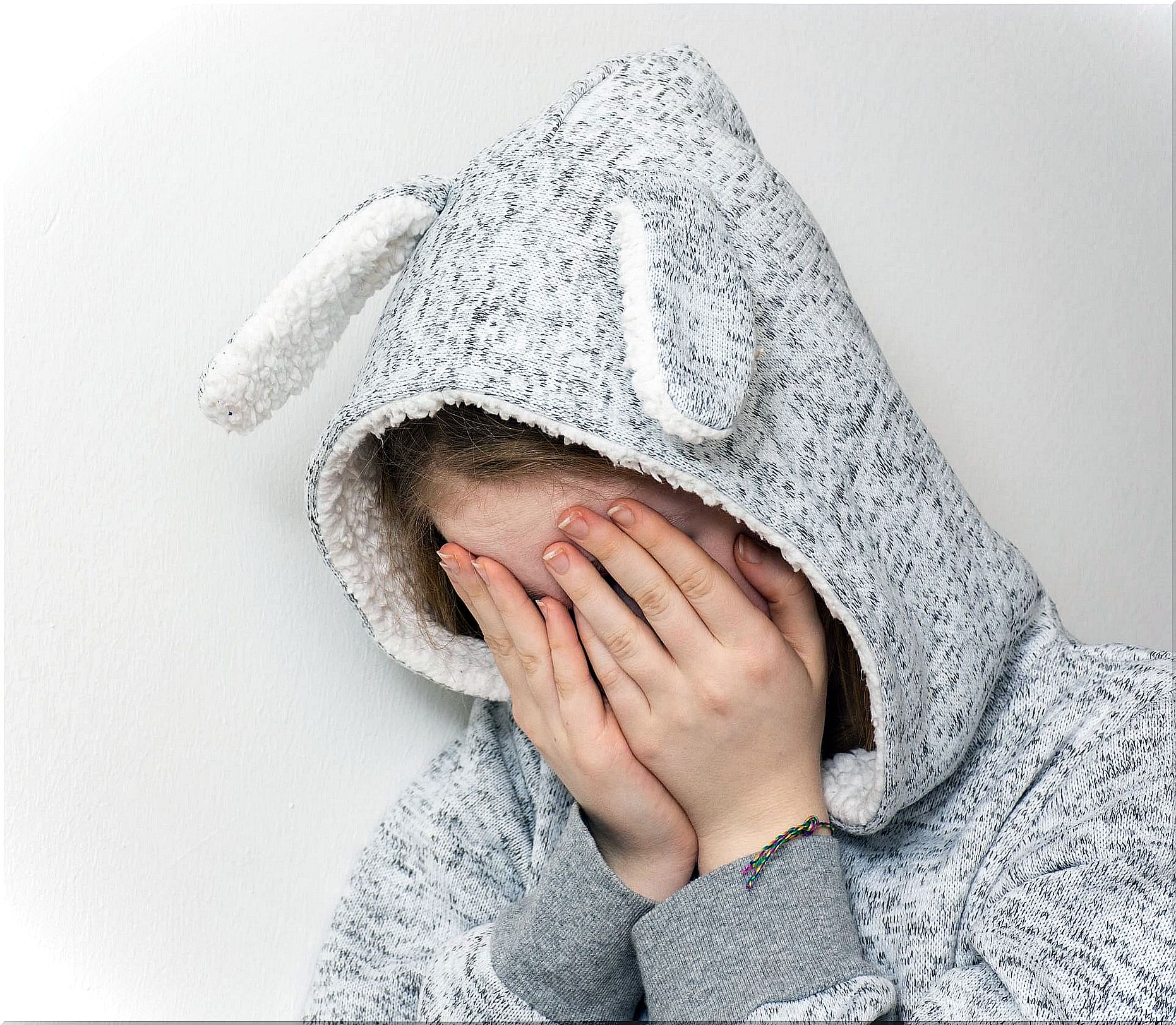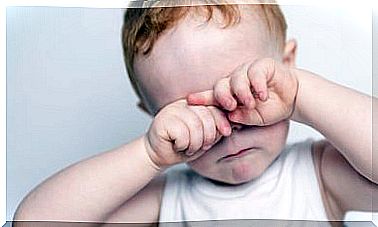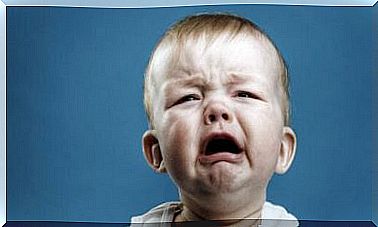Ecological Approach Against Bullying

School bullying, or bullying , is an educational problem, but also a social one. Therefore, it is necessary to take measures based on an ecological approach against bullying .
In this sense, all environments in which children grow and develop must be involved, since each context can contribute its bit to solve the problem of violence at school.
The right to solve the problem of bullying
According to the Convention on the Rights of the Child (CRC), approved by the United Nations General Assembly on November 20, 1989, children have a series of rights that States must guarantee. One of these rights, defined in article 19 of the CRC, is to preserve physical and personal integrity and to be protected from all forms of violence and mistreatment.
Thus, one of the areas in which the youngest must be protected is in educational settings, since many students are exposed to violence at school. This cannot be tolerated, and every effort must be made to prevent it by offering a quality education in a safe and welcoming environment.
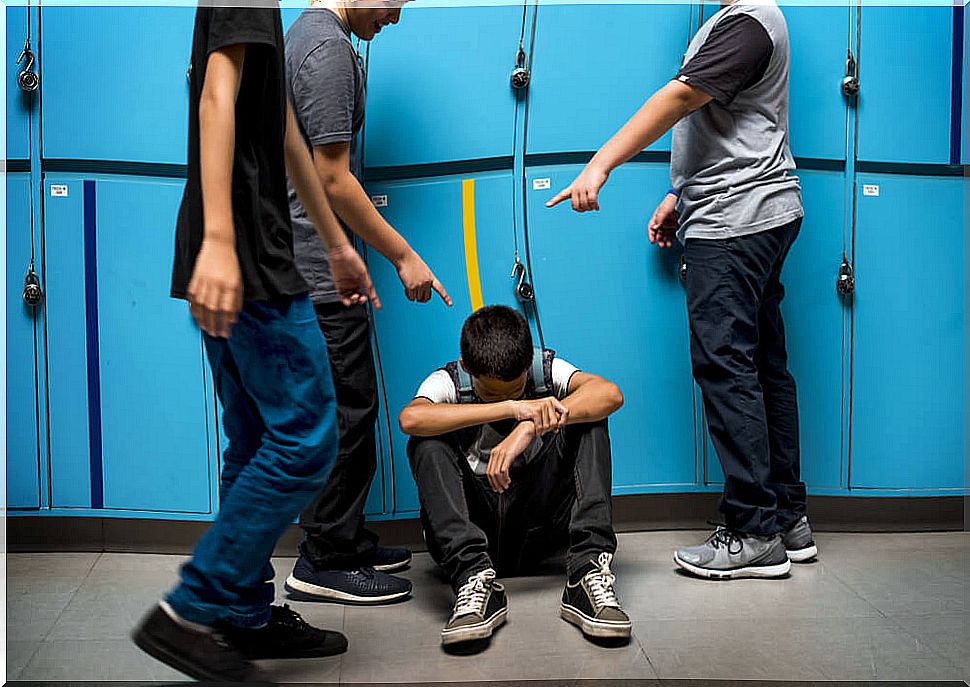
Indeed, the education system is in a unique position to solve the problem of bullying, since it can provide students and their families with the knowledge and skills necessary to communicate, negotiate and resolve conflicts in a constructive and positive way.
The ecological approach to bullying
To deal with bullying, we must take into account Bronfenbrenner’s Theory of Ecological Systems. This theory describes the development of the human being as the interaction between biological qualities and relationships with different environmental environments. Thus, this theory defends the existence of five different systems:
- Microsystem.
- Mesosystem.
- Exosystem.
- Macrosystem.
- Chronosystem.
These systems can be applied to children’s lives, as described below.
Ecological approach against bullying : interaction systems in children
Microsystem
It refers to the closest and immediate context of the child. It is mainly made up of the family as the closest environment. But it also includes the school (classroom, teachers and classmates) and friendship groups.
Mesosystem
It is the relationship established by the most immediate or closest systems to the minor, as is the case of the family environment with the educational context. And, also, the link between these two environments with the social and health context.
Exosystem
It covers the social contexts in which the child has a psychological relationship, but not a physical one. In the case of the bullying phenomenon , both the laws that defend Human Rights, as well as the media that echo the serious problem of bullying, favor the development of children.
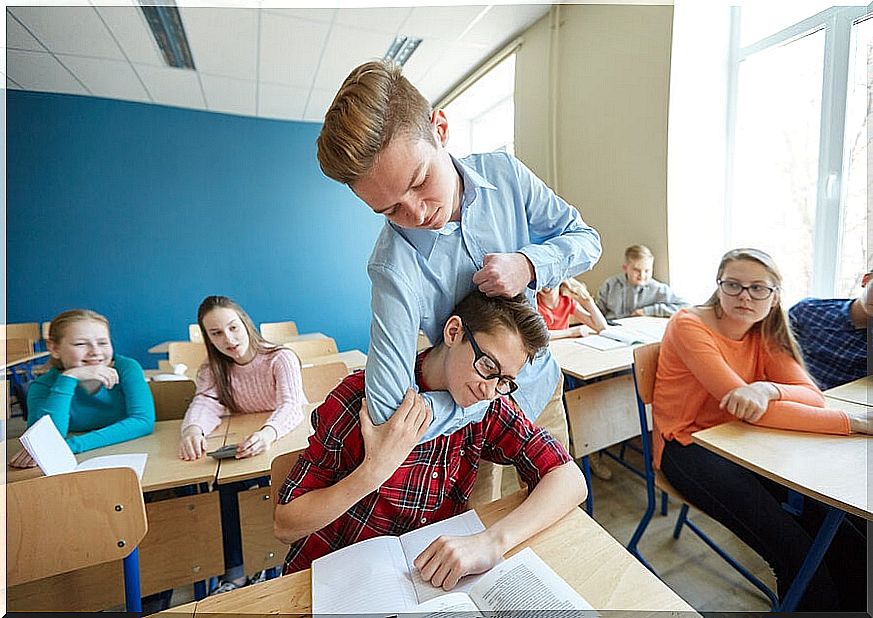
Macrosystem
It refers to the cultural beliefs, political ideology, religion, etc., with which the child is related. In some cases, they are often grounds for discrimination and bullying.
Chronosystem
It is the historical context in which the life of a society as a whole takes place. Therefore, it refers to the culture in which the child grows and develops.
The importance of the ecological approach against bullying
It is important that an ecological approach is taken against bullying since, if these environmental systems collaborate in the prevention of bullying, a greater effectiveness of the measures taken can be guaranteed.
Therefore, schools that apply anti- bullying strategies must comply with an education model that facilitates interaction between the different contexts in which students grow up.
